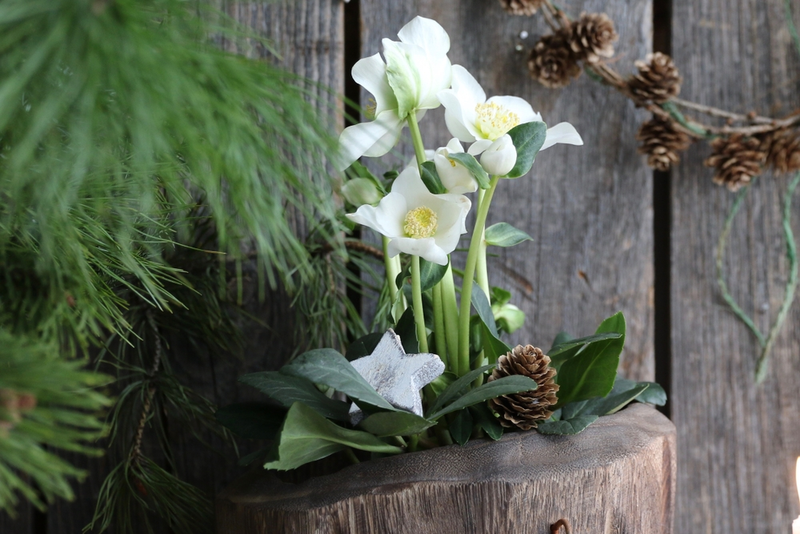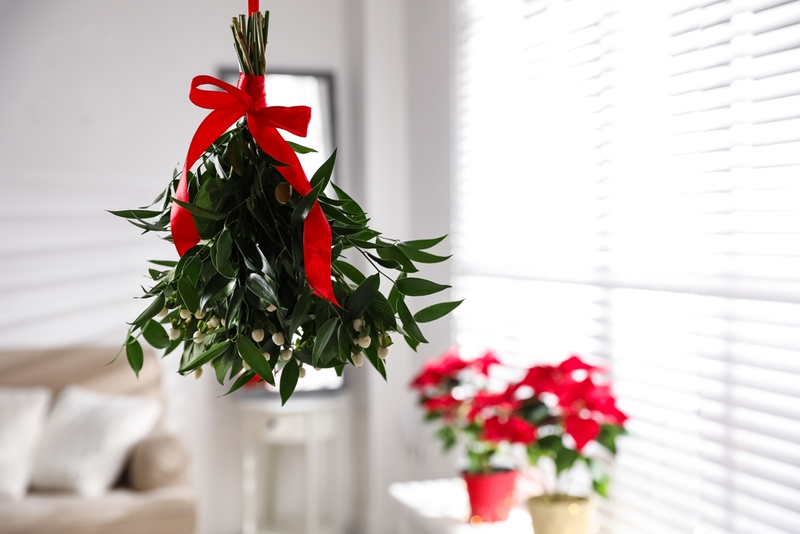
February’s here, and the first hints of spring appear, with snowdrops, aconites, and even a few early daffodils in flower. When the weather’s good, grab your gardening tools and get outside! Here are our top 15 gardening tips for February.
Top 15 Garden Tips for February
-
Prune fuchsias, cutting last year’s growth back to two buds from the main stems. Cut buddleias back hard this month to 30cm above ground level.
-
There’s still time to give your winter garden its winter pruning. If you remembered to cut back all last year’s long whippy shoots in summer last year, cut them back again to 2-3 buds from the main stems. If you didn’t manage to fit in a summer pruning, then cut back all last year’s growth.
-
Late February or early March is the best time to cut back on shrubby dogwood. Cut them down to 15cm above ground level, and they’ll produce plenty of brightly coloured new stems that will brighten up the garden next winter.
-
Prune bush roses now while they are still dormant. Remove any spindly or dead growth, and cut the remaining stems back by half, cutting above an outward-facing bud.
-
Once your snowdrops have finished flowering, lift and divide large clumps, replanting the resulting smaller clumps. This is a great way to encourage snowdrops to spread, giving you a fantastic spring display.
-
Prune group 3 clematis (the ones that flower in late summer). Cut all stems to 30cm from ground level, above strong buds.

-
Prune winter jasmine once it has finished flowering, cutting back all flowered shoots to strong buds close to the main stems.
-
Cut back epimediums, removing all old leaves. This makes the delicate flowers easier to see and encourages a flush of strong new leaves.
-
Tidy up evergreen grasses like Carex and Festuca by combing through with your fingers to get rid of old dead foliage (wear gloves to avoid cuts).
-
First early potatoes do best if they are chitted before planting. To do this, leave the seed potatoes somewhere cool and bright for a few weeks to start sprouting. They should be ready to plant in 4-6 weeks.
-
Prune autumn-fruiting raspberries, cutting all last year’s canes to ground level.
-
Get your veg beds ready for the growing season by clearing any weeds and stones. Put down wooden planks to walk on when working on the beds to stop the soil from becoming compacted.
-
Deadhead winter pansies to encourage a flush of new flowers for spring.
-
Provided the soil isn’t waterlogged or frozen, February is a good month for planting new shrubs and trees.
-
Spring clean greenhouses and cold frames, washing down the glass with warm soapy water to get rid of the winter grime and prepare for the new growing year!
Get ready for a great gardening year with a visit to our centre, where you’ll find all the seeds, plants, and tools you need to make your garden bloom!




